Communication is often the key to work efficiently not only for an organization but even for various softwares/applications.
Let’s start with an example –
You are working on your laptop and want to check the weather report for the day before scheduling an important meeting.
What will you do?
Most probably, you will just hover your mouse over the weather app icon, look at your smart watch or simply Google search with your ‘[place name] weather’, now the result is displayed on your screen even though Google/your smartwatch is not in charge of analyzing weather itself, so what it does is – takes the information from any third party and then deliver it to the audience as per their search query.
Here a weather API comes to the play through which Google/smartwatch interacts with the third party app. Similarly, there are many applications of APIs that we use frequently, even in our daily life, such as booking flights & hotels from the booking websites/apps, using Google Maps for directions, streaming movies/shows on Netflix, listening to music on Spotify, and others.
But How does it actually work? And what does it really mean?
Well, for that we have to look from a technical perspective for better understanding.
In this blog we will walk you through –
- What is an API – Definition, Examples, and Use Cases
- How does an API Work?
- Role of API in Streaming
- Conclusion
So, let’s start with the basics about API-
What is an API?
An API or Application Programming Interface is a software that acts as a means of communication between two applications/softwares. It’s a set of defined rules/functions/procedures/protocols that determines how one system/application/software/computer will interact with another. APIs are interfaces that let several softwares/systems/applications utilize each other’s functionalities through interactions without needing any user interventions.
APIs are an integral part of building any app/website, one can consider them as well-defined agreements between several parties, where it defines how party 2 will respond to a specifically-structured request from party 1.
Starting from building new systems to integrating a new component to the existing system or collaborating with third parties/ various businesses/IT teams – APIs simplify everything.
Use Cases of API
- Streaming Services (Netflix, Spotify, Amazon Prime etc.)- Distributing media through private APIs to multiple devices such as smartphones, laptops, tabs and others.
- E-commerce– Payment option like pay with PayPal where the purchase details is sent to the PayPal API first and then PayPal handles the rest.
- Flight booking websites/apps where the APIs help in accessing various flight deals and data from different suppliers/airlines.
- Hotel booking apps/websites where the APIs let the tourism/hospitality service providers/agencies collect data/information from different hotels.
- Twitter bots that utilizes Twitter APIs to execute automated tasks such as generating tweets throughout specific time intervals.
- Using third party log-ins on apps/websites such as login with Facebook/ Google etc.
And the list goes on. In a nutshell, APIs are everywhere starting from gaming apps to Google maps.They are integral parts of most of the softwares/systems that need to communicate with other systems.
How does an API Work?
Before we deep-dive, visualize a situation-
You are in a store to buy a watch. There is a salesman to assist you with your buying. Now, you are looking for a watch with a brown leather belt, below US $800. Here the process is as follows-
You convey the material, range, and type of watch you want to the sales person → The sales person goes to the stock cabinet and picks up the ones matching your query → The watches are displayed to you → You make a purchase based on the stock shown to you.
Here, consider yourself = System 1
The stock of watches = System 2
The Salesperson of the store= The API
Or, when a user interacts with a system, the API sits between the application and the web server. So, in that case-
You= the User
The Salesperson= The API
The stock of watches= The web Server

Ever wondered how these APIs work so fast and efficiently that apparently it seems the applications are interacting directly with each other or, the users are interacting directly with the applications? We are going to give you a clear picture on that.
Every API works on a predefined set of protocols that depends on the type of APIs.
Types of APIs and their Functionalities
There are mainly two types of APIs-
1. Representational State Transfer (REST) APIs
Representational State Transfer or REST is an architectural style that refers to the decentralized system design architecture. REST APIs are developer friendly and work for the web-based softwares to allow interactions with the RESTful web services.
Here REST refers to the set of constraints and a RESTful/REST API is an API that can adhere to such constraints to serve the purpose of an API. A REST API works similar to a website in the following way-
The client makes a request to the server → The required data is received back from the website over the HTTP protocol through the API
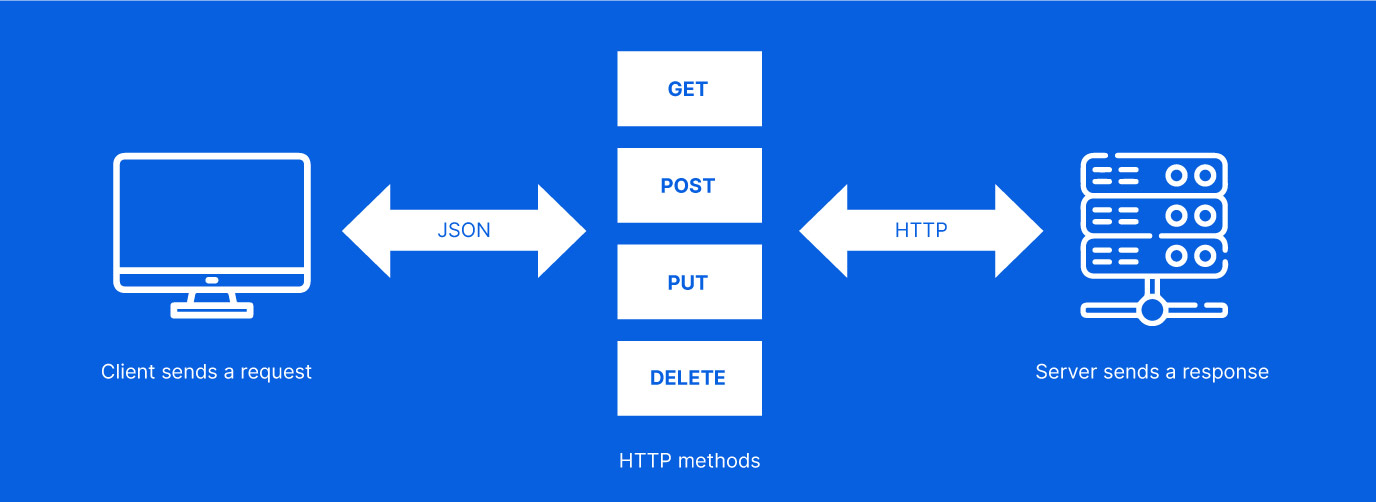
The REST APIs work by dealing with the parameters where queries, cookies, paths etc. are in the form of parameters. A REST API mainly functions with the following HTTP commands-
It’s a nullipotent command for secure data retrieval and here the findings are always the same irrespective of how many times it is repeated with the same parameters.
The POST request instructs the origin server to accept the entity contained in the request as a new resource subordinate. It can also be used to make changes to an existing entity.
PUT and PATCH are both idempotent commands where PUT is used to create, update, or replace entities and The PATCH is used to replace entities. An idempotent command implies that the result will be independent of the times it is executed, i.e. the first as well as the fifth successful execution will give the same result.
This is again an idempotent command used to delete any resource including asynchronous requests where the resources don’t need to be removed immediately
Starting from Netflix to Uber- most of the modern apps/websites/platforms use REST APIs
2. Simple Object Access Protocol (SOAP) APIs
The functionalities of a SOAP API is based on the programming language named Extensible Markup Language (XML). The process is as shown below-
The client encapsulates a method call in SOAP/XML → It is sent to the server over HTTP → The method call’s return value is delivered back to the client in an XML response
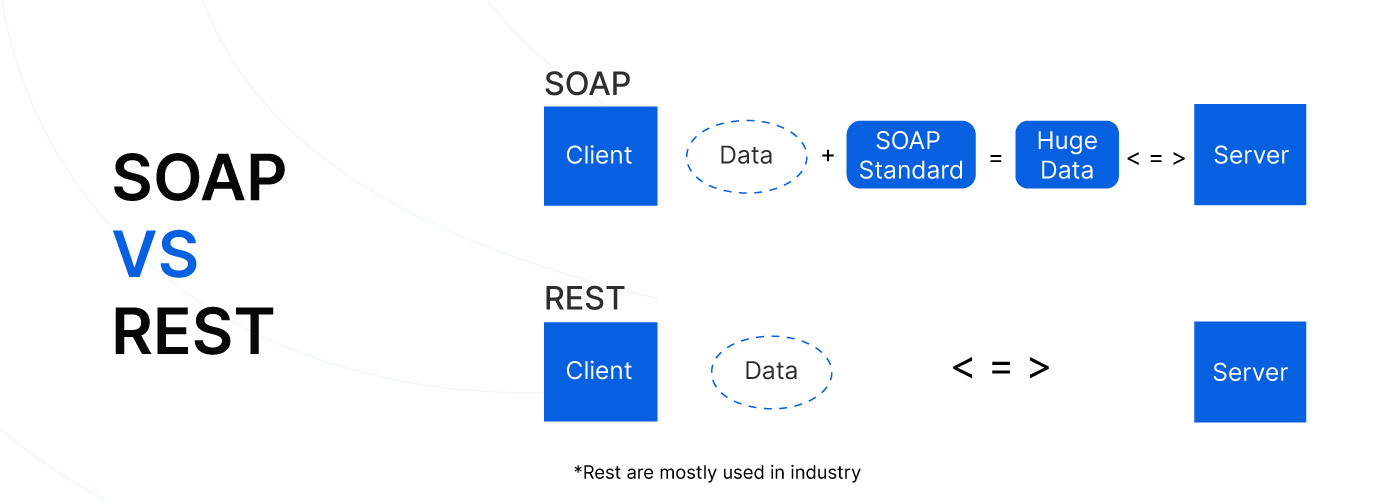
However, SOAP APIs are not so developer-friendly and hence not that popular.
3. WebSocket APIs
Websocket APIs use the WebSocket computer communication protocol that provides a standard means to transmit information from server to client. The WebSocket computer communication protocol is a full-duplex communication channel over a single TCP connection unlike the half-duplex protocol HTTP.
The above types of APIs are based on the architectures. APIs can also be broadly categorized as given below-
A web API is meant to deliver various software services via a network (web browser or server). For instance, Facebook’s web API enables the software developers to access the requested Facebook data and services through the internet. Web API works as a framework to build HTTP services accessible by the clients such as various browsers, devices and others.
For those interested in understanding or enhancing these services, learning how to reverse engineer an API can provide deeper insights into how APIs operate and how data interactions are managed.
Open APIs are specifically meant for external usage and include both free and paid types.
While public API is a type of open API, the basic difference is open APIs are freely shared, and public APIs have more restrictions when it comes to asset sharing.
Such an API only allows developers within a company to access the elements of its backend data, functionalities and application capabilities.
A partner API adheres to HTTP guidelines and enables a partner to conduct the GET activities in the partner store. Such APIs help in collaborating with business partners, collaborators and others easily.
Role of APIs in Streaming
API is pivotal for any streaming platform that determines multiple factors such as-
APIs are what allow you to customize your streaming platform, be it integrating with a third party solution, customizing thumbnails, video player size customization, customizing video streaming settings, monetization models, and changing other features/solutions programmatically with ease.

Easy-to-use APIs give a lot of space, freedom, and flexibility to the developers to enhance the functionalities- implementing logo and branding solutions to customizing recorded live streams. Moreover, it makes the programmatic changes much easier for the backend developers.
Many of the live streaming platforms come with dedicated APIs for their video players that are mainly focused on customizing the (OVP) Online Video Players.
Customizable Video Streaming
A dedicated API for video streaming is only responsible for giving the solution to customize, integrate, or change various functions/features.
To Conclude,
The role of API is integral whenever it comes to user interaction with applications or interactions between applications/systems/machines. Furthermore, APIs hold high significance for the developers of any app/website/platform in terms of new integrations, interactions with the newly integrated part, personalization, efficiency and many more. So, whenever you opt for any platform be it e-commerce or streaming or any other make sure that their APIs are easy-to-use and lets you implement/ customize as you want.
Muvi, the one of its kind of OTT platform provider, comes with well-documented, designed and simple-to-use APIs that make integration with any app/platform/ third party platform easy. Also, it offers a developer-friendly platform that can easily be customized without much technical knowledge.
Take a 14-day free trial today to try it firsthand and learn better (no credit card needed)!

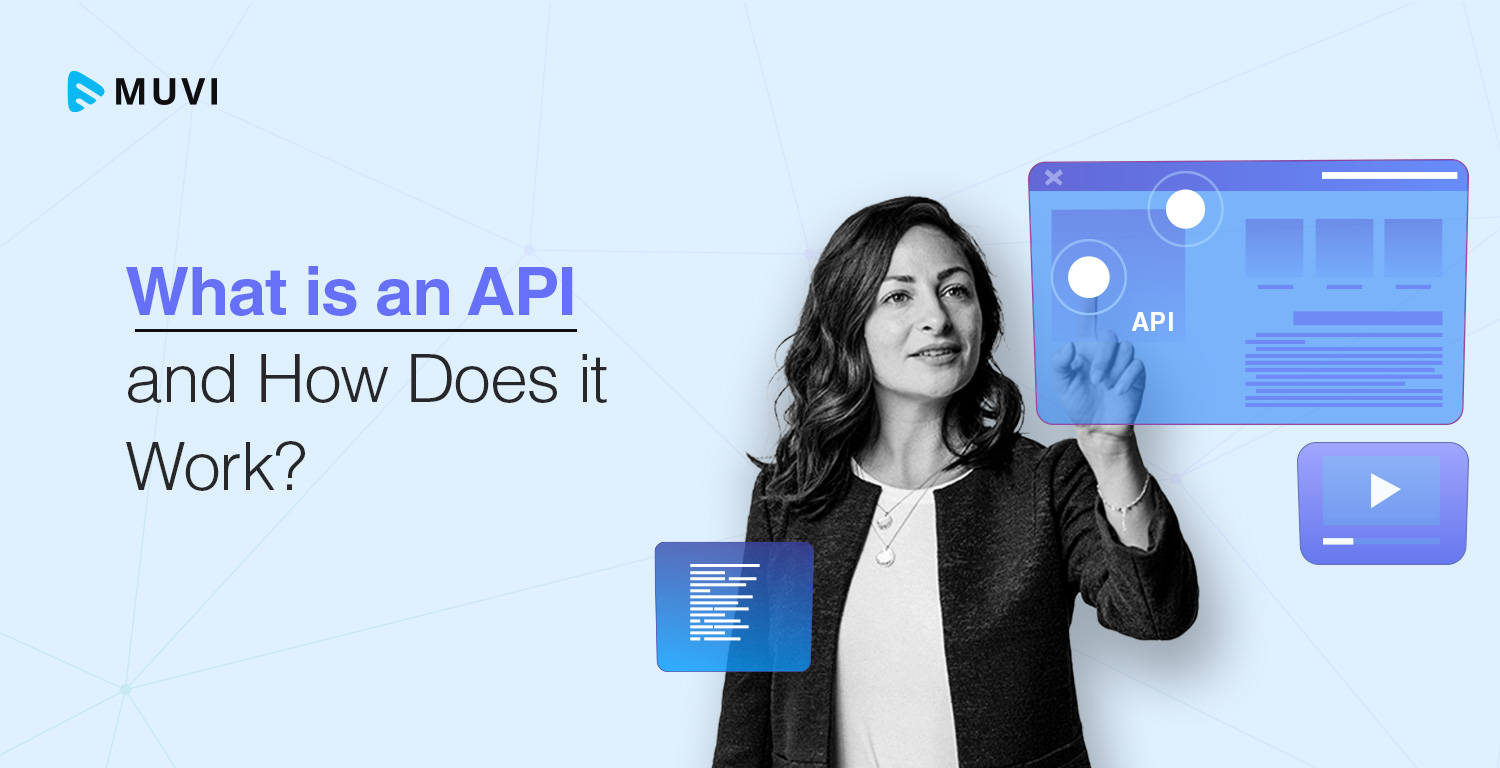






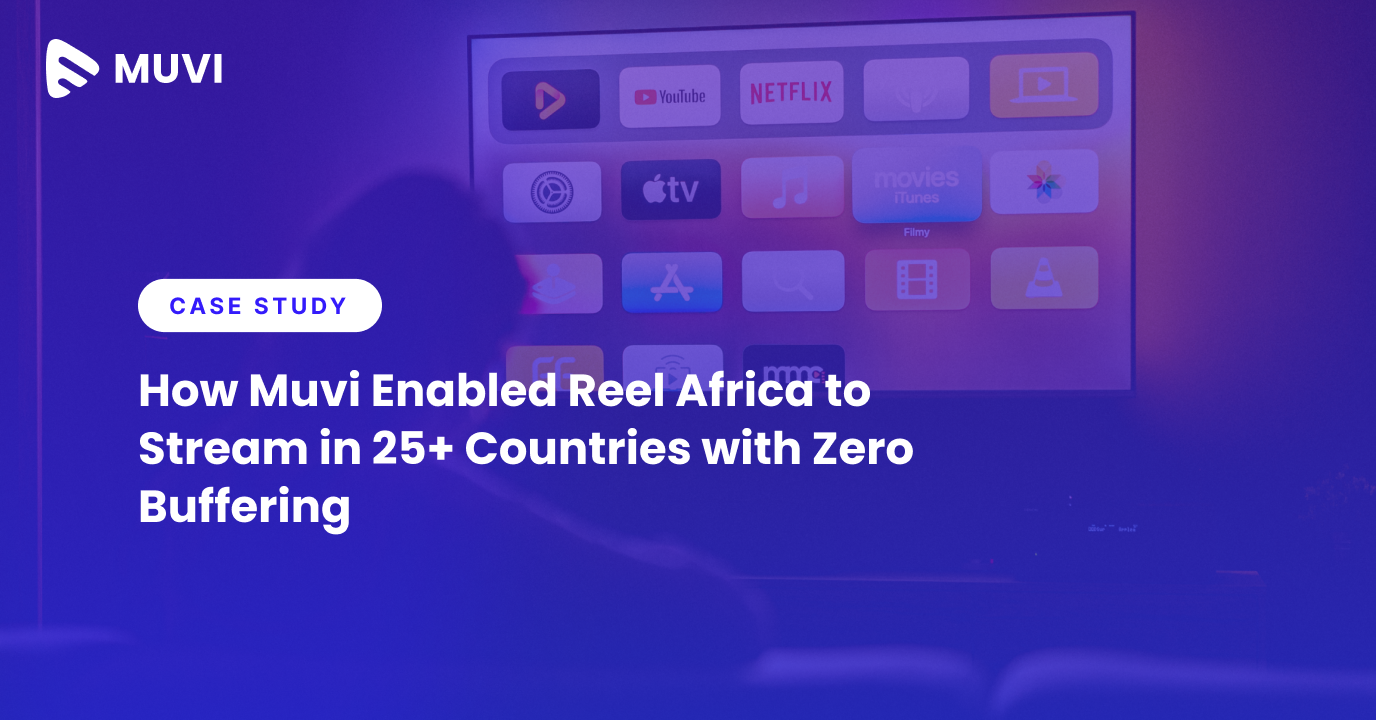
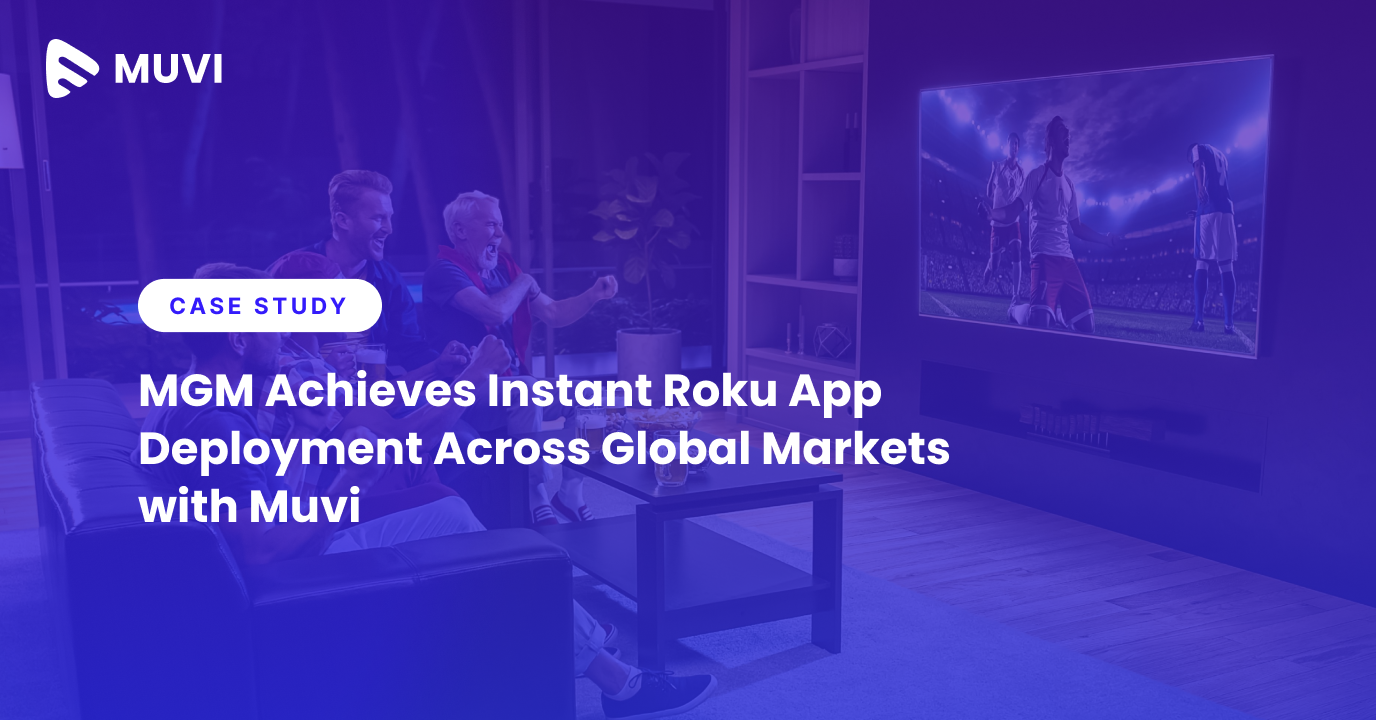
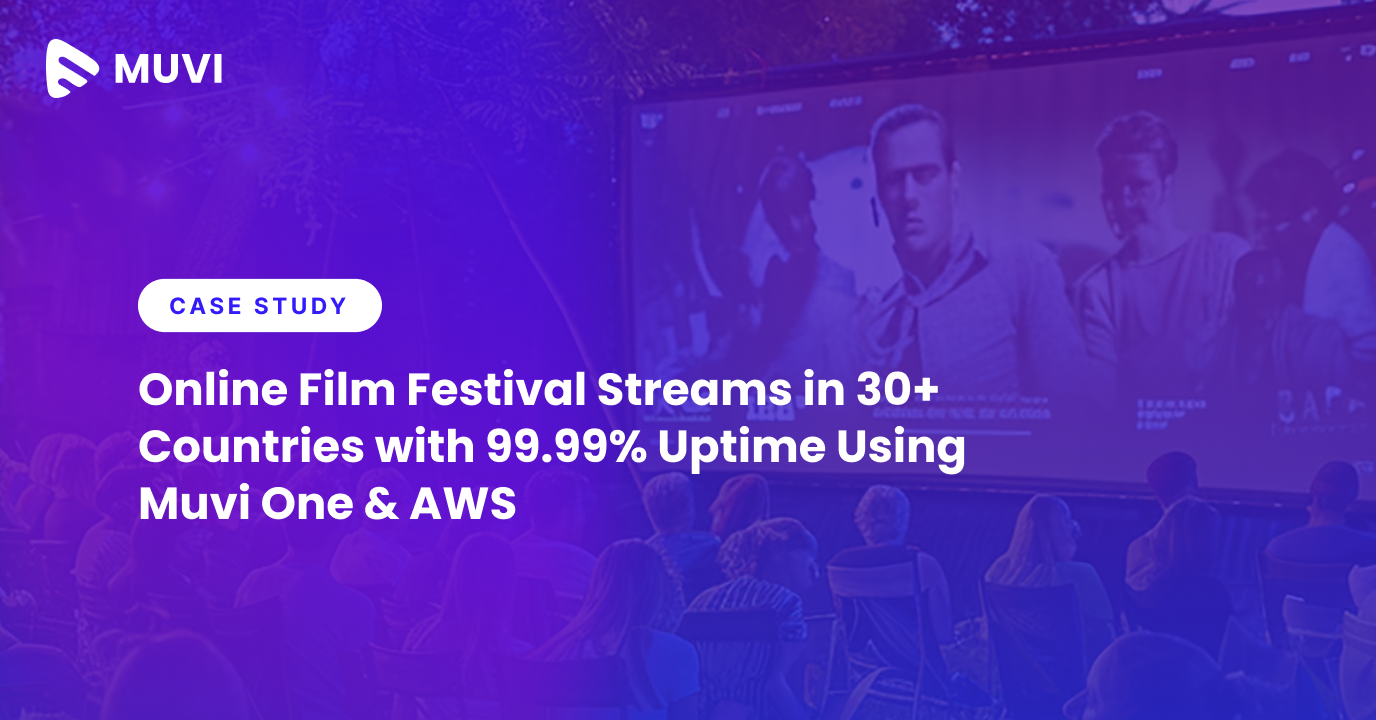
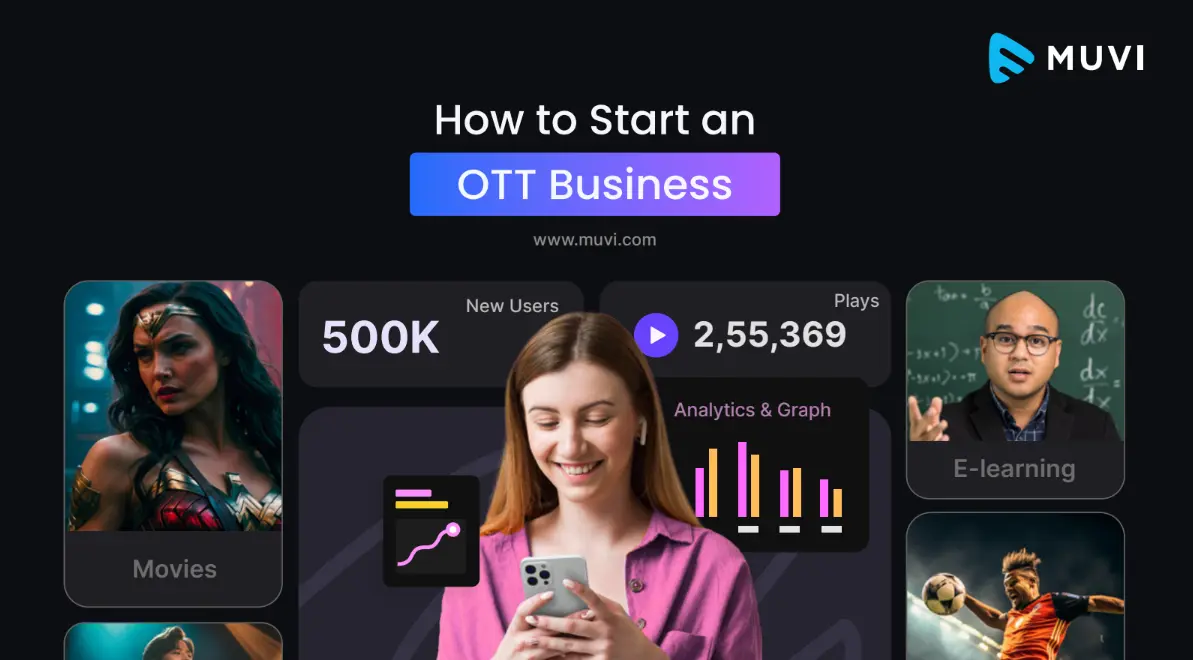
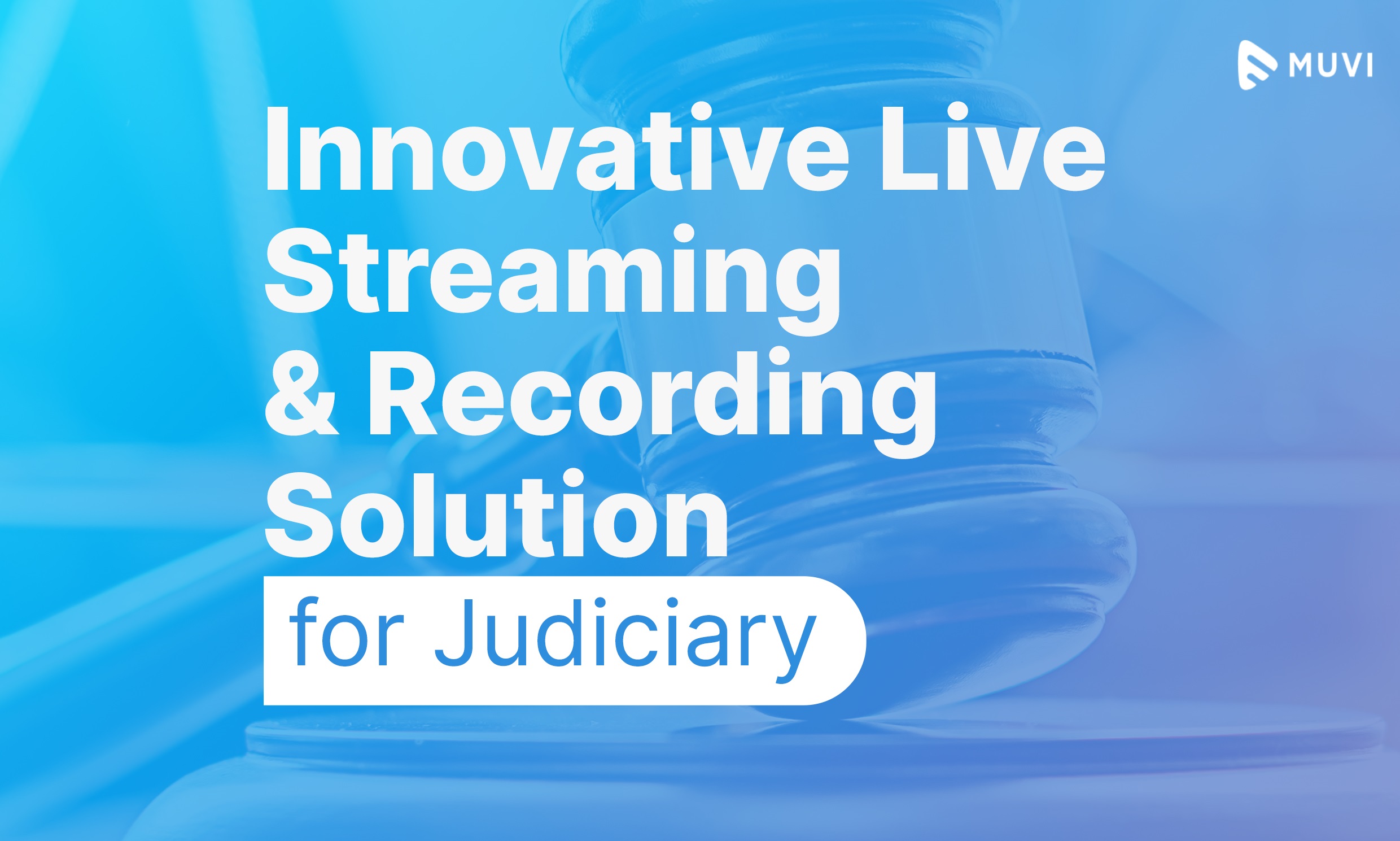

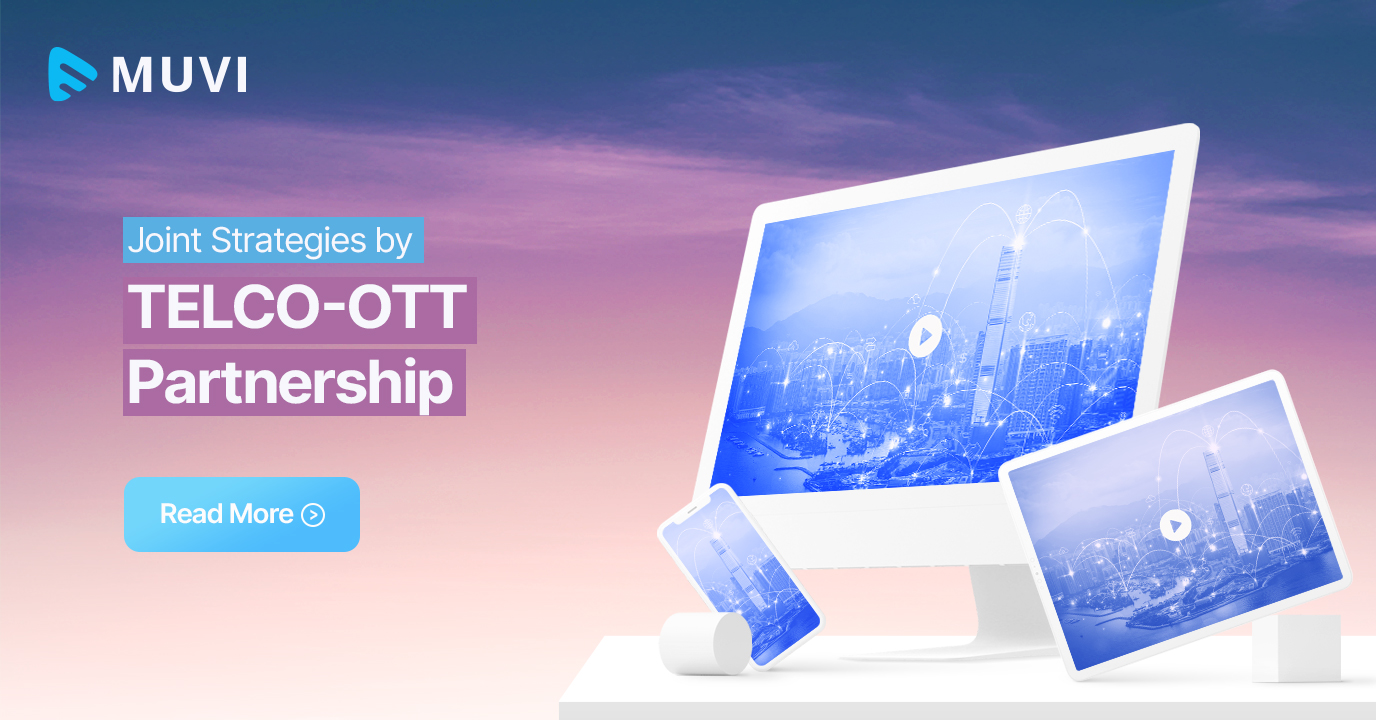
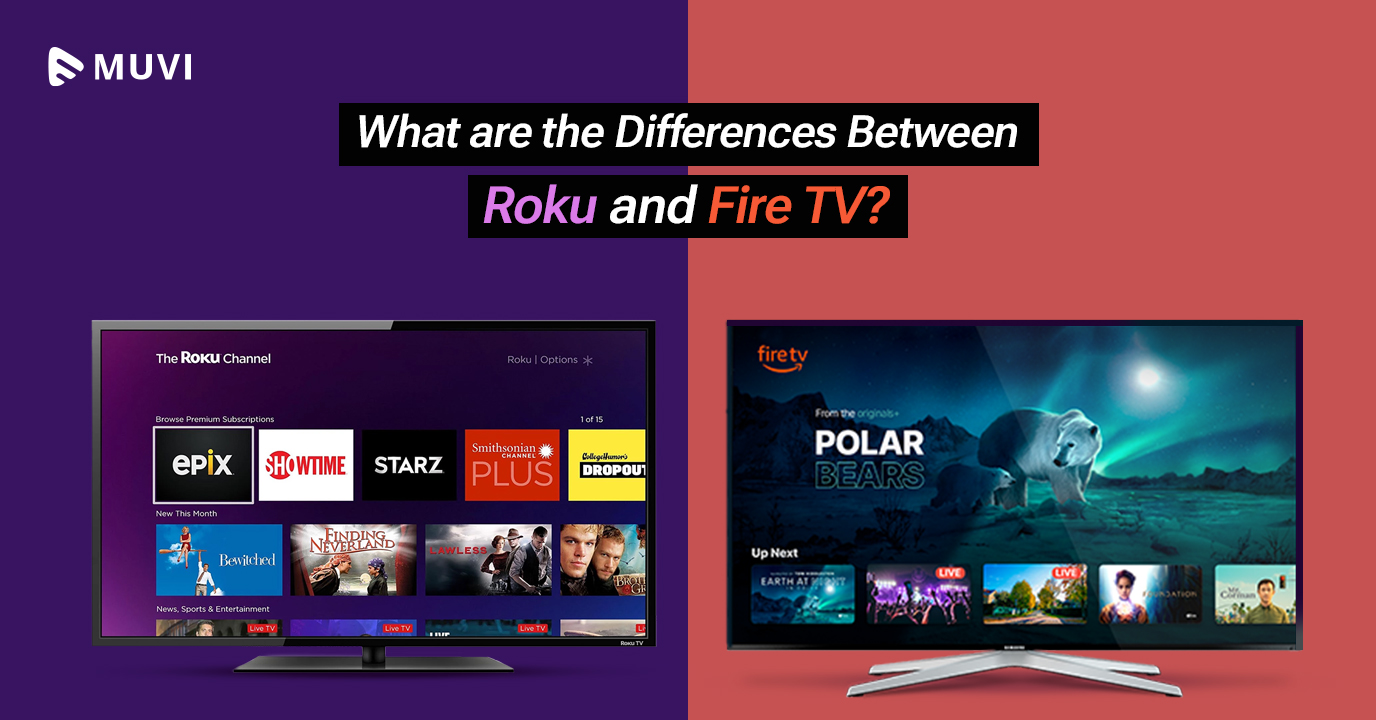
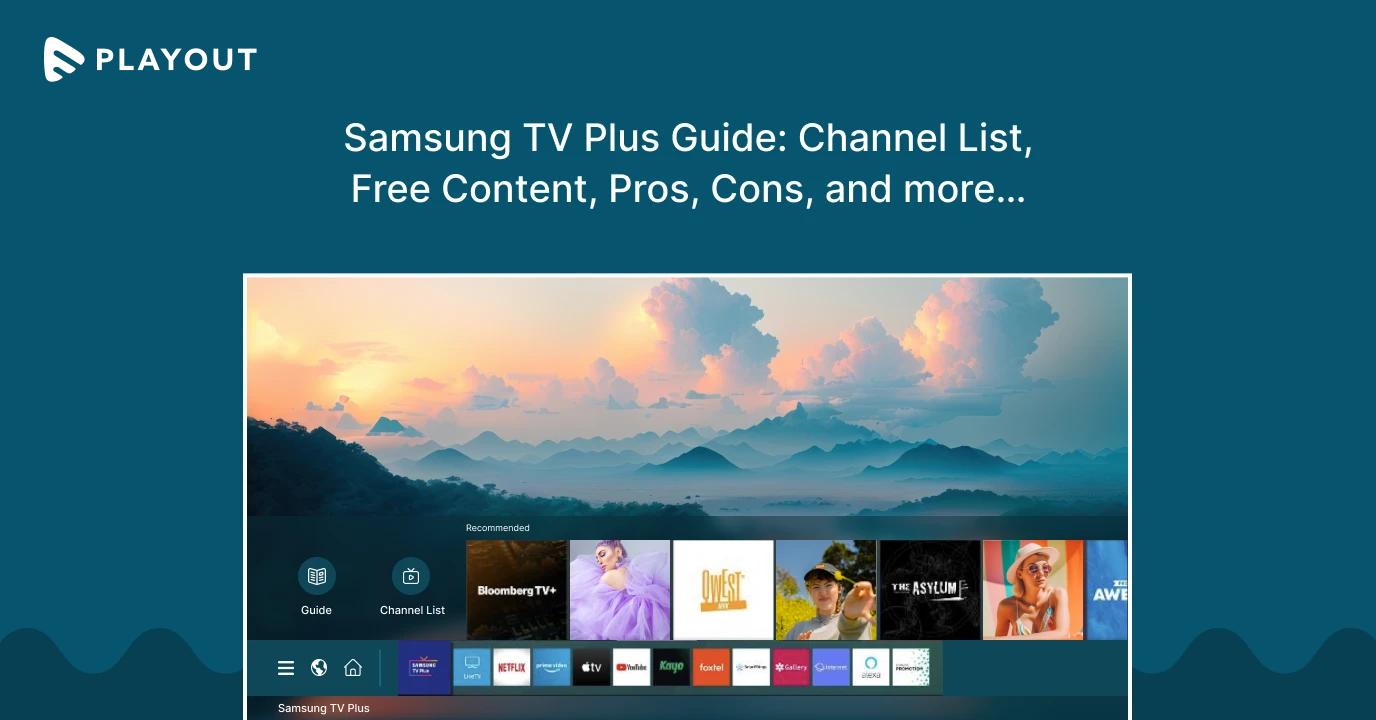
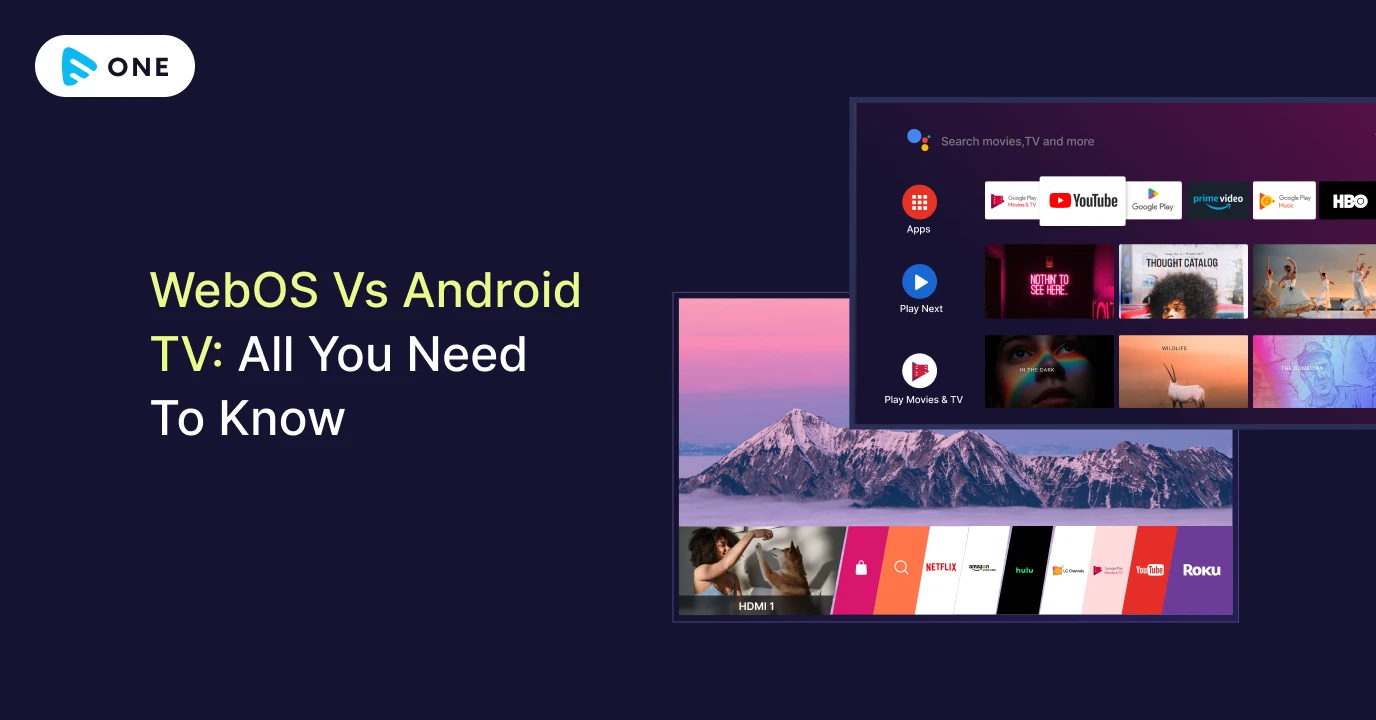



Add your comment